Thermal stress, caused by prolonged exposure to heat or physical exertion, poses a significant challenge to the cardiovascular system. As the body works to regulate internal temperature, the heart plays a critical role in maintaining balance, often leading to increased strain. Over time, unmanaged thermal stress can have serious consequences for heart health, particularly during heat waves or intense physical activities. Understanding this connection and leveraging tools like thermal stress monitoring can be key to preventing heart-related issues.
How Thermal Stress Affects the Cardiovascular System
The cardiovascular system is central to the body’s thermoregulatory response, helping dissipate heat by increasing blood flow to the skin and activating sweat glands. However, prolonged thermal stress disrupts this balance and places undue strain on the heart in the following ways:
1. Increased Cardiac Output
- To cool the body, the heart pumps more blood to the skin’s surface, leading to elevated heart rate and cardiac output.
- A study in Circulation Research highlights that sustained increases in cardiac output during heat exposure can overload the heart, particularly in individuals with pre-existing conditions (Crandall & Wilson, 2015).
2. Dehydration and Reduced Blood Volume
- Sweating during thermal stress depletes fluids, reducing blood volume. This forces the heart to work harder to maintain blood pressure and circulation.
- Dehydration exacerbates cardiovascular strain, increasing the risk of arrhythmias and other complications (Sawka et al., 2007).
3. Impaired Blood Vessel Function
- Heat stress causes vasodilation (widening of blood vessels) to dissipate heat. While effective in cooling, excessive vasodilation reduces blood pressure and challenges the heart to compensate.
- Research in The Journal of Physiology indicates that prolonged heat exposure impairs endothelial function, a precursor to atherosclerosis and cardiovascular disease (Minson, 2008).
The Long-Term Risks of Unmanaged Thermal Stress
If left unchecked, chronic thermal stress can contribute to serious cardiovascular conditions, including:
- Hypertension
- Repeated exposure to heat stress can elevate resting blood pressure over time, increasing the risk of hypertension.
- Heart Failure
- For individuals with pre-existing heart conditions, the added strain from thermal stress can exacerbate symptoms or lead to heart failure.
- Heat-Related Cardiac Events
- Heat waves are associated with increased incidences of heart attacks and strokes, particularly in older adults or those with cardiovascular risk factors (Bouchama & Knochel, 2002).
The Role of Thermal Stress Monitoring in Heart Health
Real-time monitoring of thermal stress offers an effective strategy for protecting cardiovascular health, especially during heat waves or intense physical activity. Devices like Mij™ provide critical insights into the body’s thermal load and enable proactive management. Here’s how:
1. Early Detection of Strain
- Mij™ tracks thermal load which can help identify early signs of cardiovascular strain caused by heat exposure.
- Alerts notify users when their body is nearing unsafe levels, prompting timely interventions.
2. Personalized Risk Management
- Monitoring data helps users tailor their activity levels and hydration strategies based on their unique cardiovascular response to heat.
- Long-term trend analysis allows for better understanding of individual vulnerabilities.
3. Preventive Action During Heat Waves
- By providing real-time feedback, Mij™ enables users to avoid overexertion and implement cooling strategies during extreme heat events.
- This is particularly valuable for individuals with existing heart conditions or those at higher risk of heat-related cardiac events.
Practical Strategies to Protect Heart Health During Thermal Stress
- Hydration is Key
- Drink water consistently throughout the day to maintain blood volume and support cardiovascular function.
- Include electrolyte solutions to replace minerals lost through sweat.
- Schedule Activities Wisely
- Avoid strenuous activities during peak heat hours, typically between 10 a.m. and 4 p.m.
- Plan exercise or work sessions during cooler parts of the day.
- Incorporate Cooling Measures
- Use cold showers, fans, or air conditioning to support the body’s cooling efforts.
- Take breaks in shaded or air-conditioned environments during prolonged heat exposure.
- Monitor and Respond
- Use wearable devices like Mij™ to track thermal stress and adjust activities based on real-time data.
- Recognize symptoms of cardiovascular strain, such as dizziness, rapid heartbeat, or excessive fatigue, and take immediate action.
Safeguarding Heart Health Through Thermal Stress Awareness
Thermal stress is a hidden yet significant risk to cardiovascular health, particularly during heat waves or intense physical exertion. By understanding the connection between heat exposure and heart strain, individuals can take proactive steps to protect their well-being. Tools like Mij™ offer a powerful solution for monitoring thermal stress, enabling early detection and effective management.
Protect your heart by staying informed and proactive. With real-time thermal stress monitoring, you can reduce risks, improve safety, and maintain optimal cardiovascular health in any environment.

